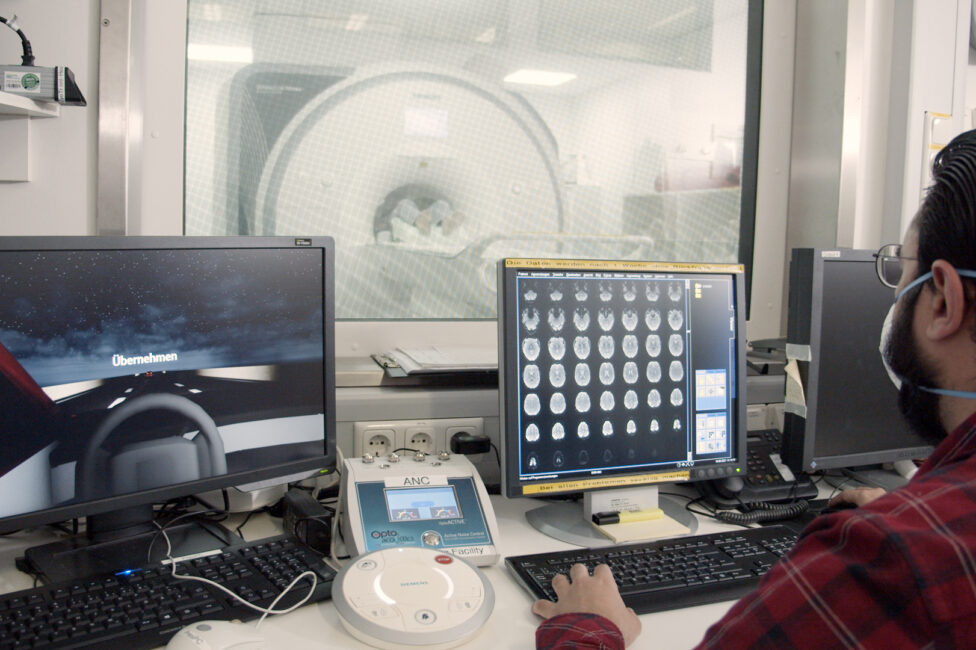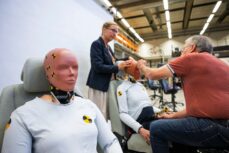How neuroscience could help detect when drivers are tired

American carmaker Ford is conducting a new brain study in partnership with Uniklinik RWTH Aachen, the German city’s university hospital. The research is seeking ways to more easily detect the moments when drivers start to fall asleep at the wheel. The idea is ultimately to develop new warning systems that are even more effective than those in use today, and therefore save more lives.
As part of the research, participants perform a highway driving simulation while their brain activity is scanned by magnetic resonance imaging (MRI). The goal is to identify all the brain responses that indicate a loss of concentration, whether through specific movements of the head or limbs, or a change in heart rate or breathing rate.
By collecting this data, German doctors and Ford engineers hope to one day be able to generate “unique physiological fingerprints” for each driver, so that they can be intelligently warned at the first signs of fatigue.
For the past ten years or so, Ford has already been using an alert system in the form of a symbol (a coffee cup) displayed on the dashboard, signaling to the driver that he or she is beginning to show signs of fatigue and should take a break.
Watch a video on how brain pattern research could help drivers stay alert : youtu.be/M29ybPl7V1Y














